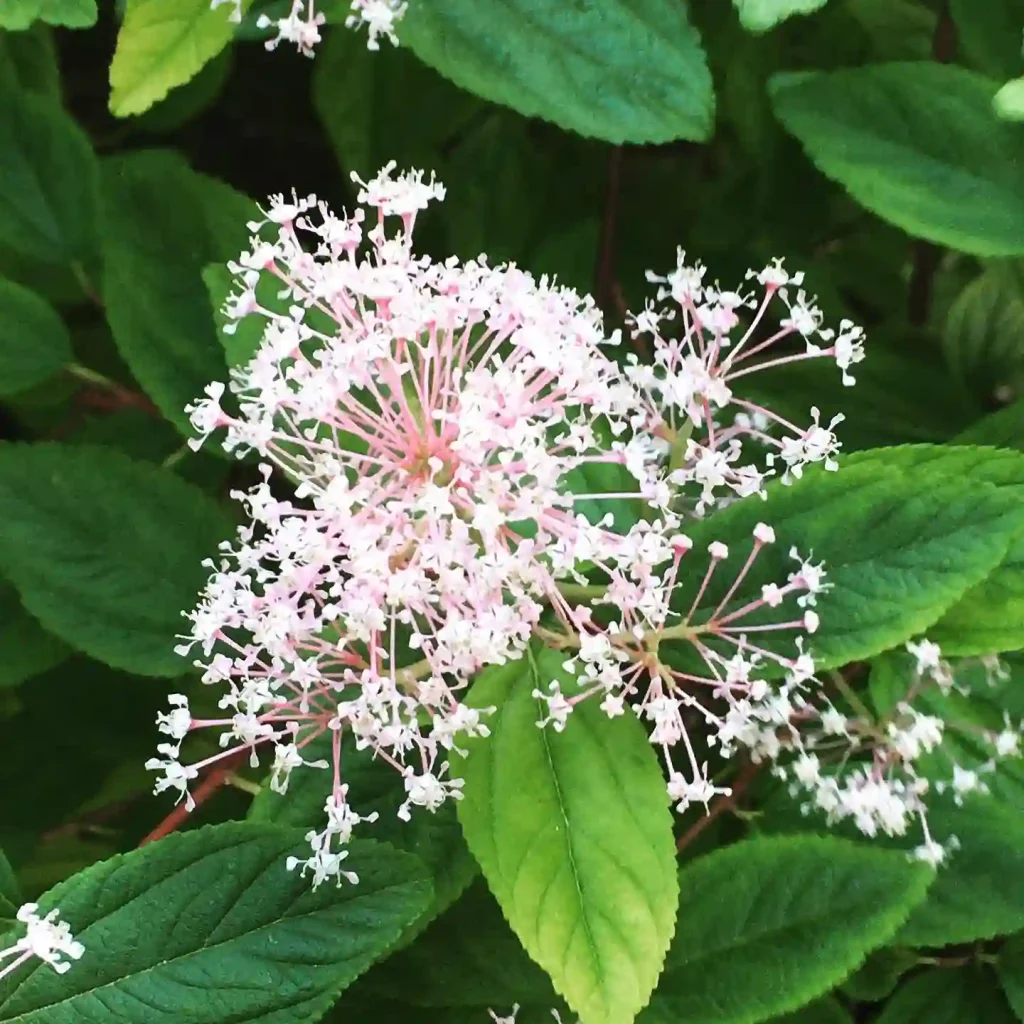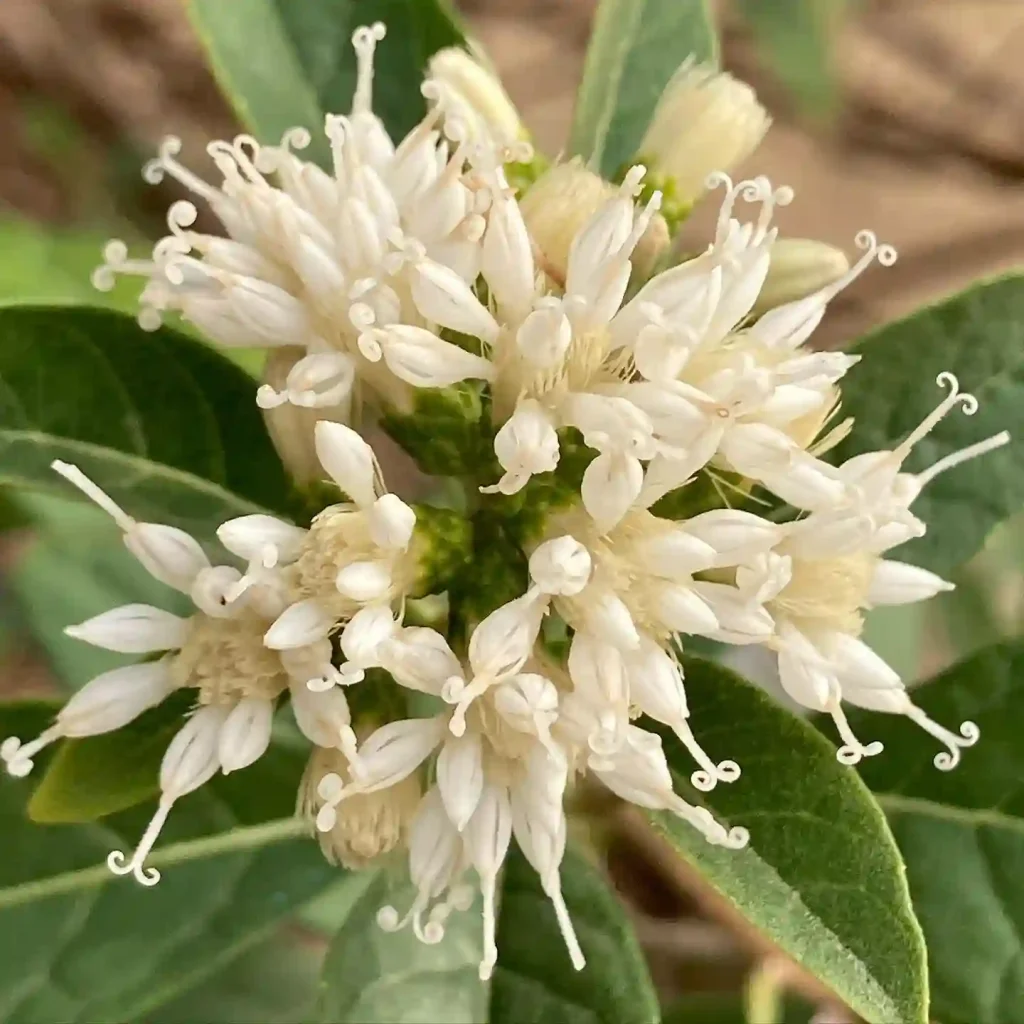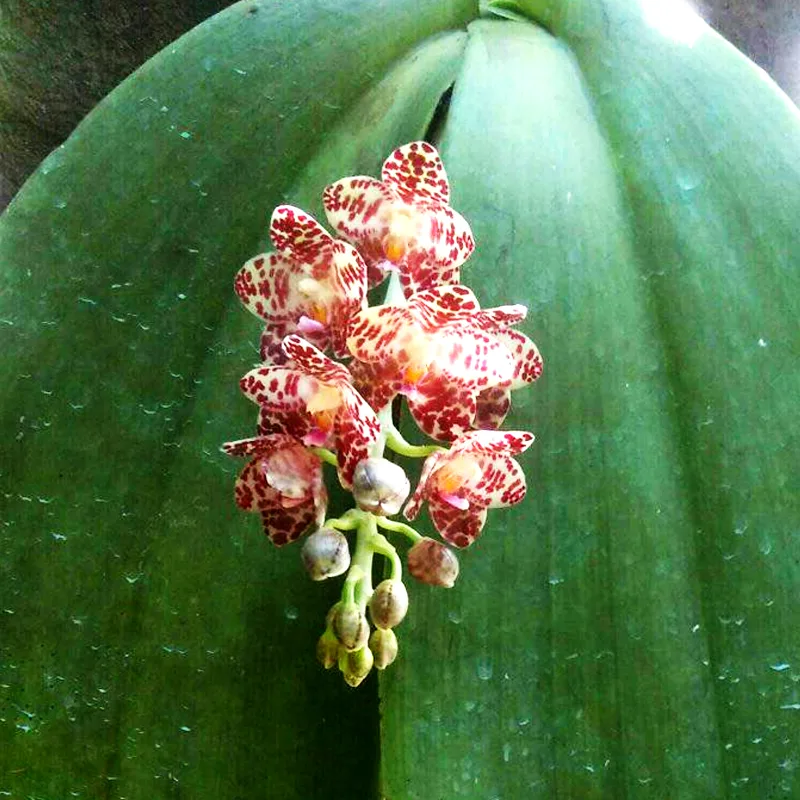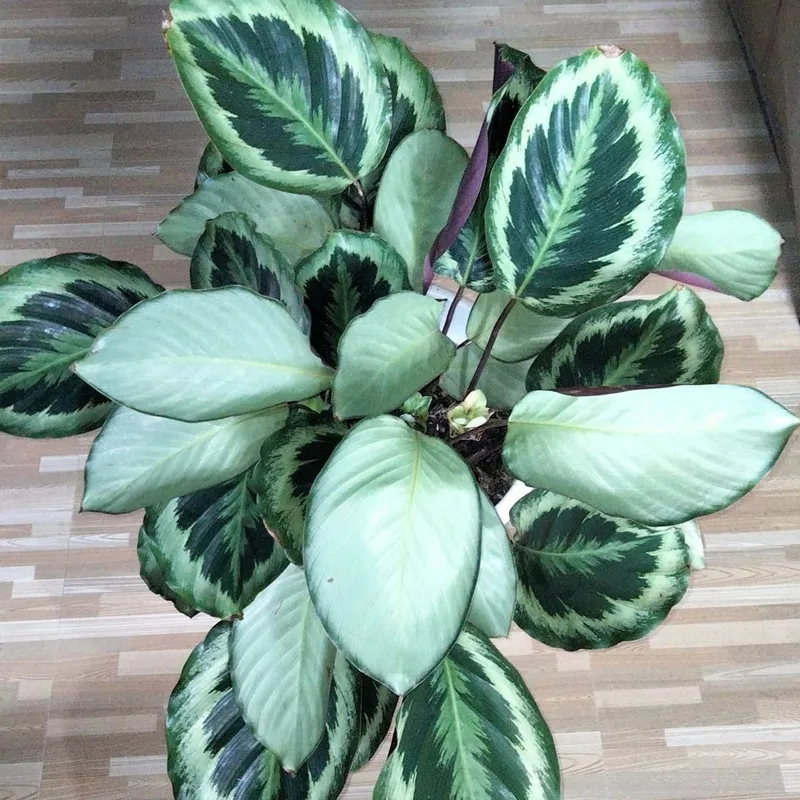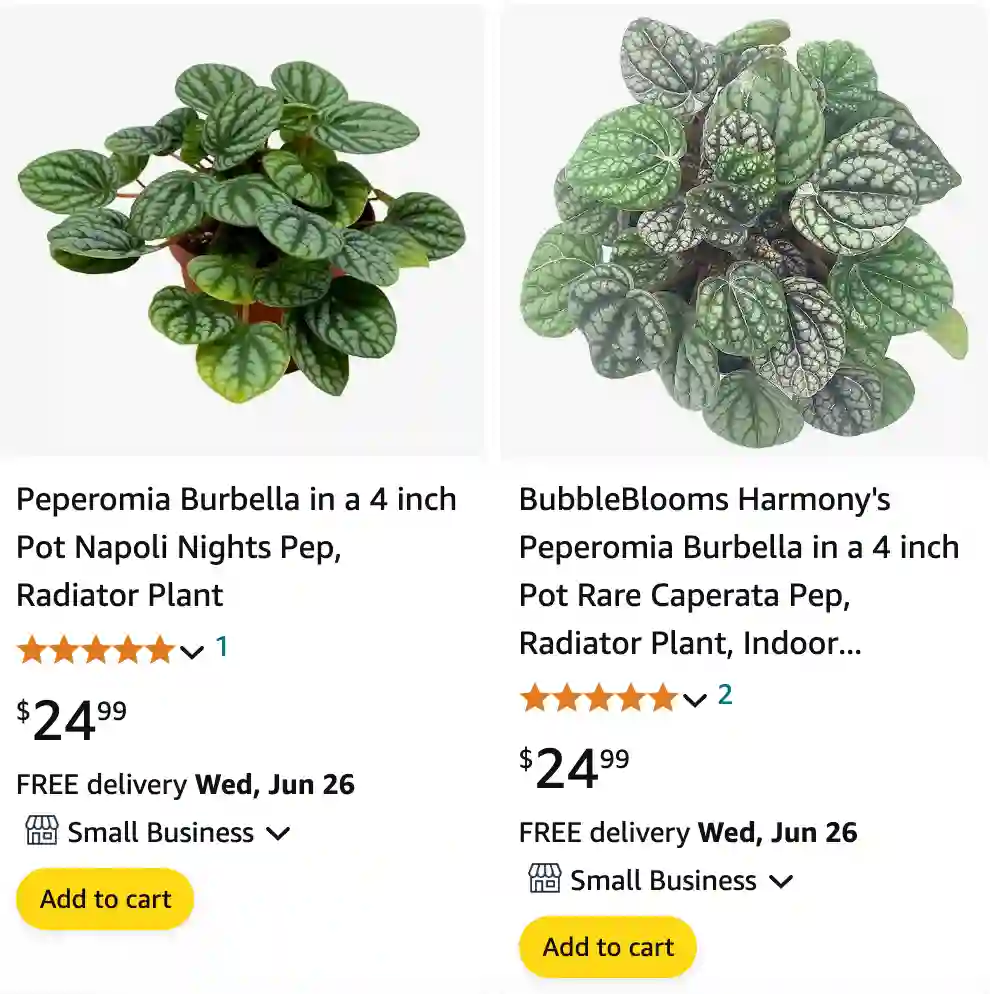
Peperomia Burbella: A Guide to the Textured Beauty
Hi, Ferb Vu here. I’m a houseplant enthusiast, and today, I want to talk about a truly unique and easy-to-care-for plant: the Peperomia Burbella.
This little wonder has stolen the hearts of many plant lovers, myself included. With its plump, pebble-like leaves boasting a captivating textural contrast, the Peperomia Burbella adds a touch of whimsy to any indoor space.
But before you rush out and grab one, let’s delve into some frequently asked questions about this charmer.
1424 Species in Genus Peperomia
Light: Bright and Indirect, Please
Peperomia Burbella, like most of its Peperomia cousins, thrives in bright, indirect light. Think of a spot near an east-facing window where it can receive the gentle morning sun. Direct sunlight can scorch the delicate leaves, so avoid placing it on a south-facing windowsill.
If bright light isn’t readily available, fret not! Peperomia Burbella tolerates lower light conditions, though its growth might slow down. In such cases, supplementing with grow lights can be beneficial.
Watering: When in Doubt, Leave it Out
One of the biggest advantages of owning a Peperomia Burbella is its forgiving nature when it comes to watering. These little guys are prone to root rot if overwatered. Here’s my golden rule: Always err on the side of underwatering.
Stick your finger a couple of inches into the soil. If it feels dry to the touch, it’s watering time. Aim for a deep soak that allows excess water to drain from the pot’s drainage holes. Discard any water that accumulates in the saucer to prevent the roots from sitting in water.
Remember, underwatering can be easily rectified, but overwatering can lead to permanent damage.
Soil: Light and Draining is Key
Peperomia Burbella prefers a well-draining potting mix. A standard cactus or succulent mix works well. You can also create your own by combining equal parts potting soil, perlite, and orchid bark. This combination provides both aeration and drainage, preventing water from logging around the roots.
Temperature: Tropical Comfort
Think tropical vacation. Peperomia Burbella enjoys warm temperatures ranging from 65°F to 75°F (18°C to 24°C). It can tolerate slightly cooler temperatures but avoid exposing it to anything below 50°F (10°C) for extended periods. Additionally, keep it away from cold drafts and sudden temperature fluctuations.
Humidity: Moderate is the Mantra
Peperomia Burbella doesn’t require high humidity levels to thrive. Average household humidity is sufficient. However, if the air gets particularly dry, especially during winter, occasional misting can be helpful.
Just a quick tip: avoid misting the leaves directly, as this can promote fungal diseases. Instead, mist the surrounding air or place the pot on a pebble tray filled with water.
Fertilizer: A Light Touch
Peperomia Burbella is not a heavy feeder. A balanced fertilizer diluted to half strength can be applied once a month during the growing season (spring and summer). Skip fertilization altogether during fall and winter.
Growth Habit and Propagation: A Slow and Steady Wins the Race
Peperomia Burbella is a slow-growing plant, but that just adds to its charm. It forms a compact, bushy form with new growth emerging from the center.
Propagation is relatively easy. Leaf cuttings or stem cuttings can be rooted in a well-draining potting mix. Patience is key, as rooting can take several weeks.
Common Problems: Troubleshooting Your Peperomia Burbella
While generally a low-maintenance plant, Peperomia Burbella can face a few challenges. Here’s how to address them:
- Yellowing Leaves: This can be caused by overwatering, underwatering, or insufficient light. Check the watering schedule and adjust accordingly. If the issue persists, consider relocating the plant to a brighter spot.
- Drooping Leaves: This usually indicates underwatering. Give your Peperomia Burbella a good soak and it should perk up soon.
- Brown Spots on Leaves: This could be due to sunburn or fungal infection. Remove affected leaves and adjust the light exposure. In case of fungal infection, a fungicide might be necessary.
Peperomia Burbella vs. Peperomia Obtusifolia: Sibling Rivalry?
Peperomia Burbella is often compared to its close relative, Peperomia Obtusifolia (Baby Rubber Plant). Both are low-maintenance and visually appealing. Here’s a quick breakdown of the key differences:
- Leaves: Peperomia Burbella has round, textured leaves, while Peperomia Obtusifolia boasts glossy, oval-shaped leaves.
- Growth Habit: Peperomia Burbella forms a compact, bushy shape, while Peperomia Obtusifolia can grow taller and leggier over time.
- Light: Both prefer bright, indirect light, but Peperomia Obtusifolia can tolerate lower light conditions slightly better.
Ultimately, the choice between these two Peperomia varieties depends on your personal preference. Peperomia Burbella offers a unique texture and a bushier form, while Peperomia Obtusifolia provides a classic, elegant look.
Peperomia Burbella: The Perfect Plant for Busy Lives
Peperomia Burbella’s easy-going nature makes it ideal for busy plant owners. With its tolerance for lower light conditions and infrequent watering needs, it thrives even with minimal care.
So, if you’re looking for a low-maintenance plant that adds a touch of visual interest to your space, the Peperomia Burbella is an excellent choice. Its unique texture and charming presence will surely bring a smile to your face.
If i die, water my plants!
